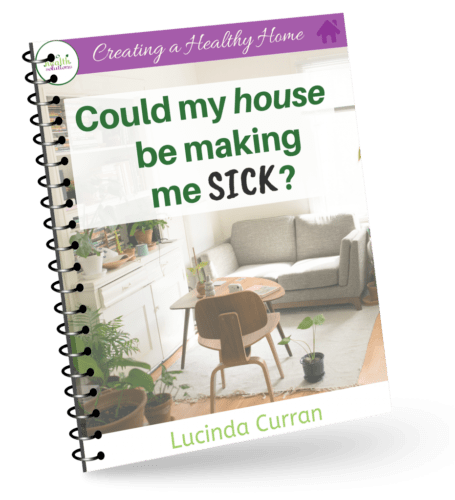Pests – Managing Them In The Garden, Chemical-Free
Pests: What Are They?
When you really stop and think about it, pests are critters in the wrong place at the wrong time.
They are important parts of nature and they do play a role however, we don’t always want them in our gardens. I have lost countless seedlings and a lot of fruit crops to pests, so I get it!
For this post, I am also going to broaden this concept of “pests” to plants as well – weeds and the like.
But How Can We Manage Pests Without Chemicals?
There are many ways that we can do this.

WEEDS
Instead of Round Up or other glyphosate-based* products, pull them up by hand (or with a hand tool).
Alternatively, you can simply use steam or boiling water.
Most steam mops can be taken outside and used to steam the pavers and any places where weeds are growing.
*If you want to read more about Glyphosate, grab your copy of the e-Mag here. Stephane Seneff wrote an article in it. 🙂

SNAILS
There are ways to deal with snails without poisoning them.
Snails like to slide along surfaces. They can’t slide across rough surfaces.
So, sprinkle sawdust around the plants you want to protect.
NOTE: You do need to reapply this after it has become wet (frost or rain).

APHIDS
Oh! Aphids!!!
Did you know that ladybirds FEAST on these?
One strategy is to plant lots of plants that attract beneficial insects.
The other method is to spray them with a detergent-water solution and then pick them off by hand.
Make sure you use a detergent that does not contain fragrances and chemicals.
OTHER IDEAS
- Diatomaceous earth sprinkled around can kill insects
- Bird nets over fruit trees will protect the fruit
- Planting nasturtiums and garlic around tomatoes to distract birds and prevent insects, respectively
- Don’t plant in rows – this is like setting up your garden for “pacman” to come along and chomp through everything
- Owl ornaments can deter rodents
- Plant extra, we all have to eat!
I hope you found that helpful. 🙂


